How do you pair your breeders? – Part One
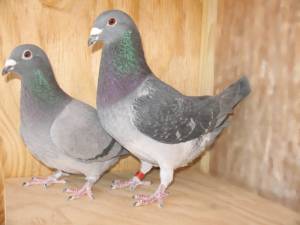 Fanciers start looking back at their old and young bird racing seasons in November and start to look at bringing in new birds to their lofts. If they didn’t do well in the short races, they’re going to be looking for speed birds. If the long races were a problem, they’ll be searching for distance birds. You can investigate, search out good birds, buy them at live auctions where you can see them and handle them, or through online auctions which are becoming quite popular. You can do it all right, but remember that luck still plays a big part in getting the right birds to do the job for you.
Fanciers start looking back at their old and young bird racing seasons in November and start to look at bringing in new birds to their lofts. If they didn’t do well in the short races, they’re going to be looking for speed birds. If the long races were a problem, they’ll be searching for distance birds. You can investigate, search out good birds, buy them at live auctions where you can see them and handle them, or through online auctions which are becoming quite popular. You can do it all right, but remember that luck still plays a big part in getting the right birds to do the job for you.
One of the things that I’ve found to be the most successful is to get youngsters from very successful pairs. Highly successful pairs have proven that their gene combinations work, and will continue to work past the first generation behind them. I like to find pairs that are super successful, the more successful the better. The more pigeons that have come out of a pair and raced well, the better I like it.
As far as pairing the birds is concerned, I like to breed birds of the same type, unless I see that there’s a deficiency in a certain type. For example, if I am working with a short distance family that is becoming incapable of clocking at anything beyond 150 miles, or only on easy races, I feel that a deficiency has developed that needs to be addressed. In the U.S. this is not really good enough, because we fly a regimen that includes 350-mile to 400-mile races in young birds. In some combines, you don’t even start combine competition until you get to a distance of 150 to 200 miles.
You can improve that distance performance in a short distance family by bringing in a little bit of distance blood. And you can do this without necessarily sacrificing the speed. You’d bring in a distance bird whose family has proven it can also win at some of the shorter and faster races. Breed that bird into the speed family, and race the youngsters thoroughly. Then breed one of the best of these youngsters back to the speed family.
You can also go about this the other way, breeding speed into a distance family. Breed that cross back into to the distance family to introduce a bit of speed. One of the best known lofts that has done this successfully was the VanHee lofts. The Motta line of distance birds were found to be getting too slow for the races in Europe, so they bought direct Janssen pigeons. They introduced the Janssens one time as a cross, and then they took those half Janssen and half VanHee birds and they bred them back to the VanHee side, coming up with a ¾ VanHee, ¼ Janssen bird. They produced many national winners with this combination of bloodlines.
Check out part 2 => How do you pair your breeders? – Part Two
The Leading Online Pigeon Racing and Racing Pigeons Magazine – The Pigeon Insider

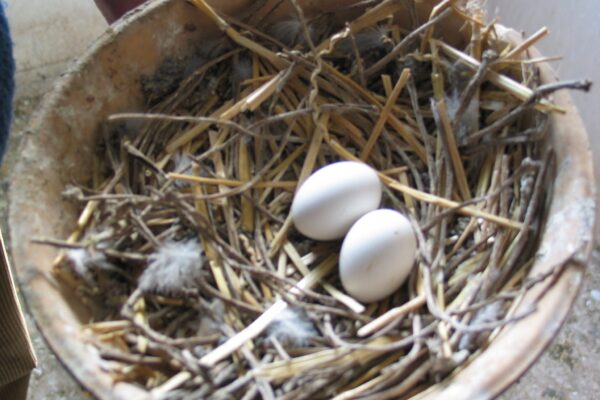
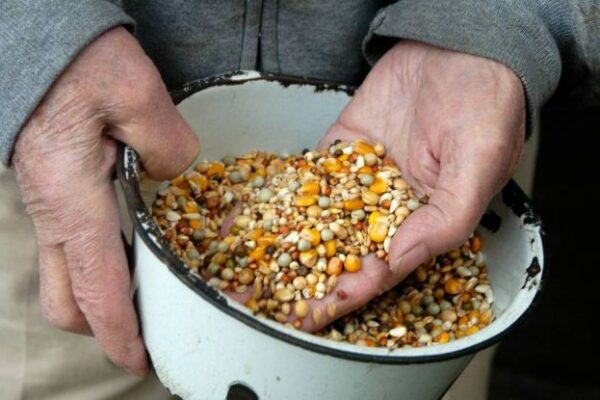
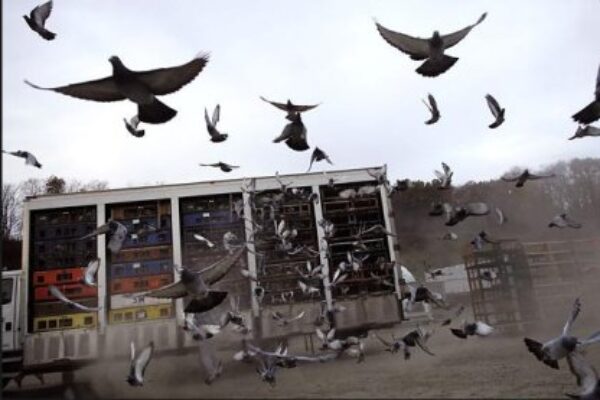
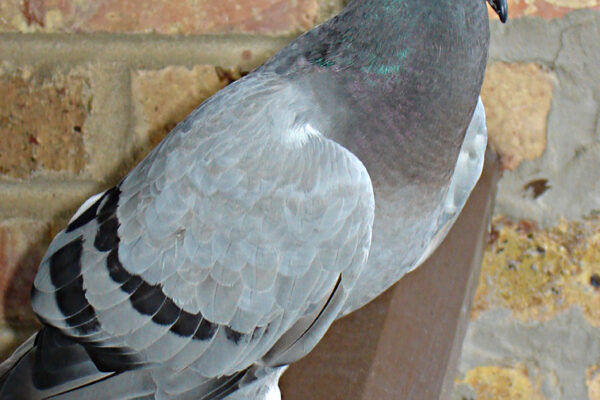
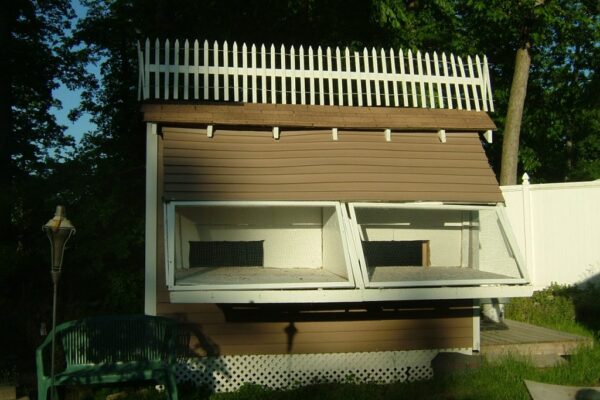



Yeah!